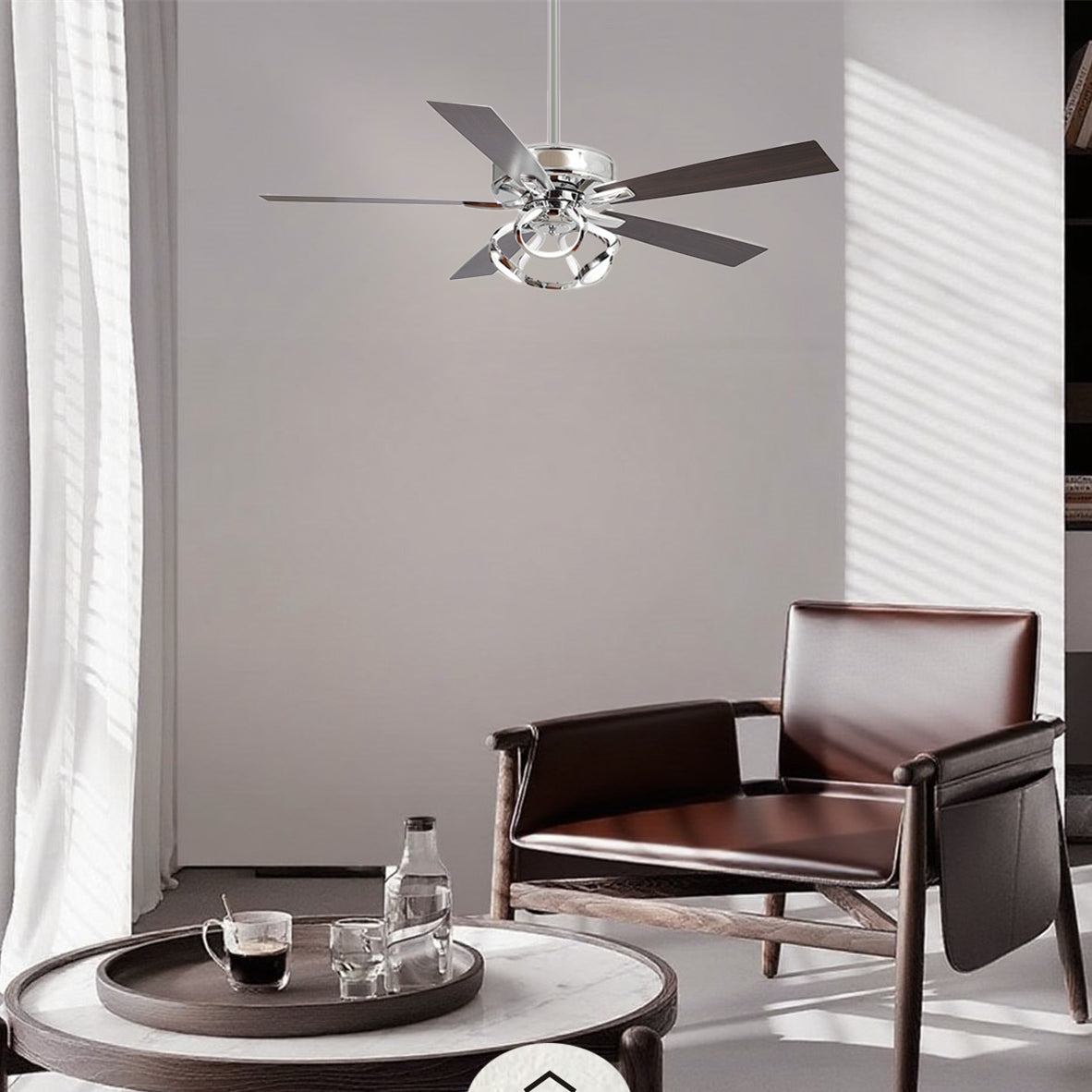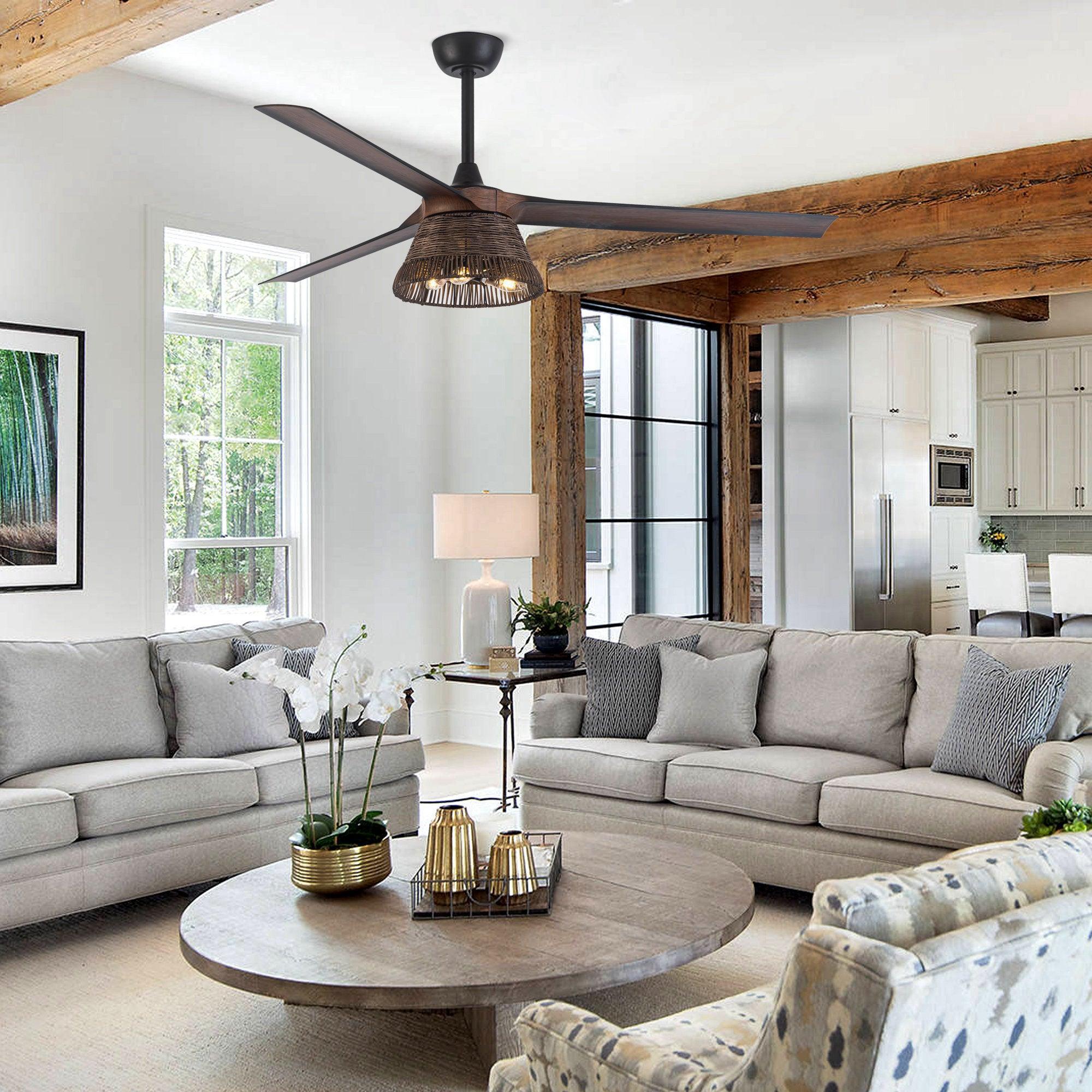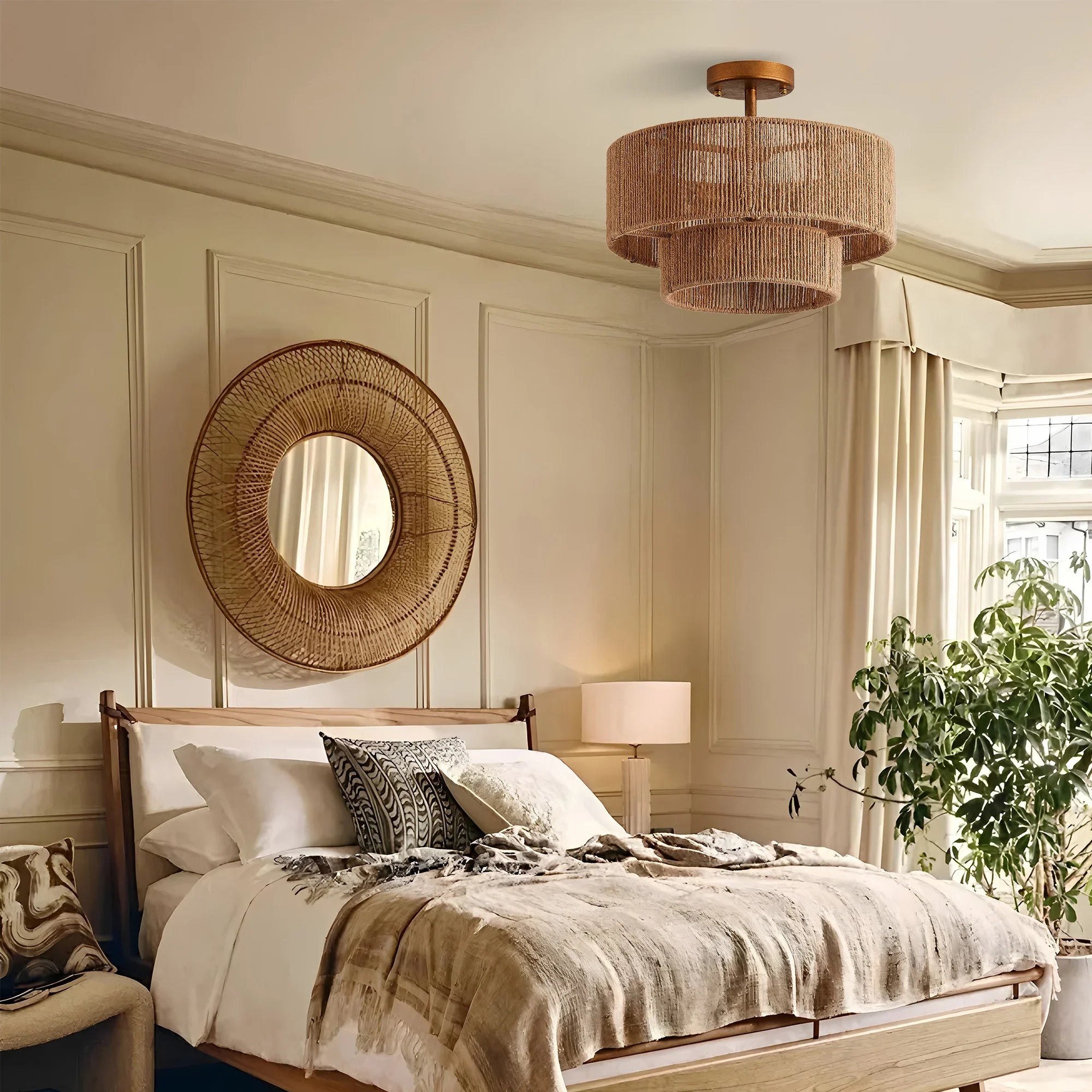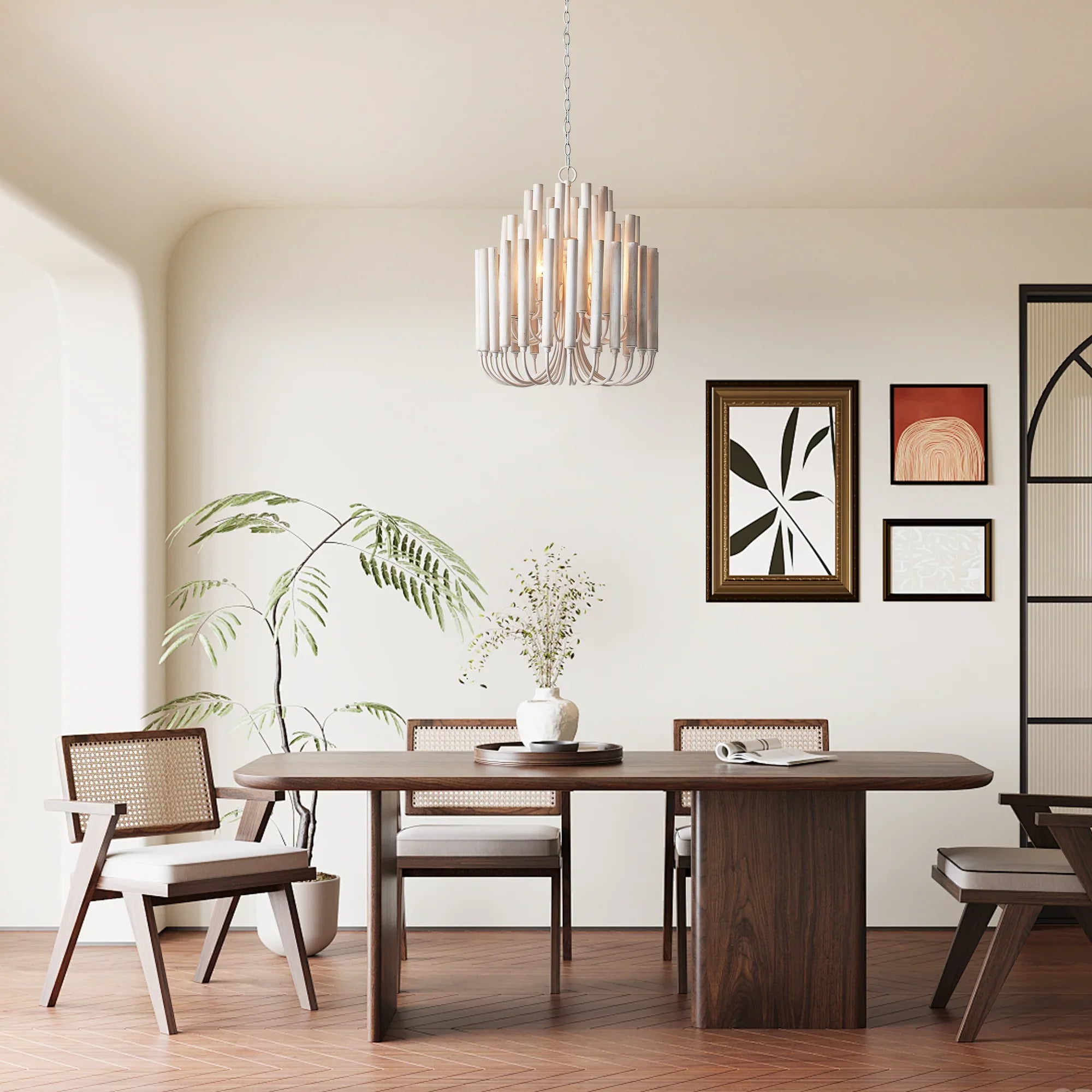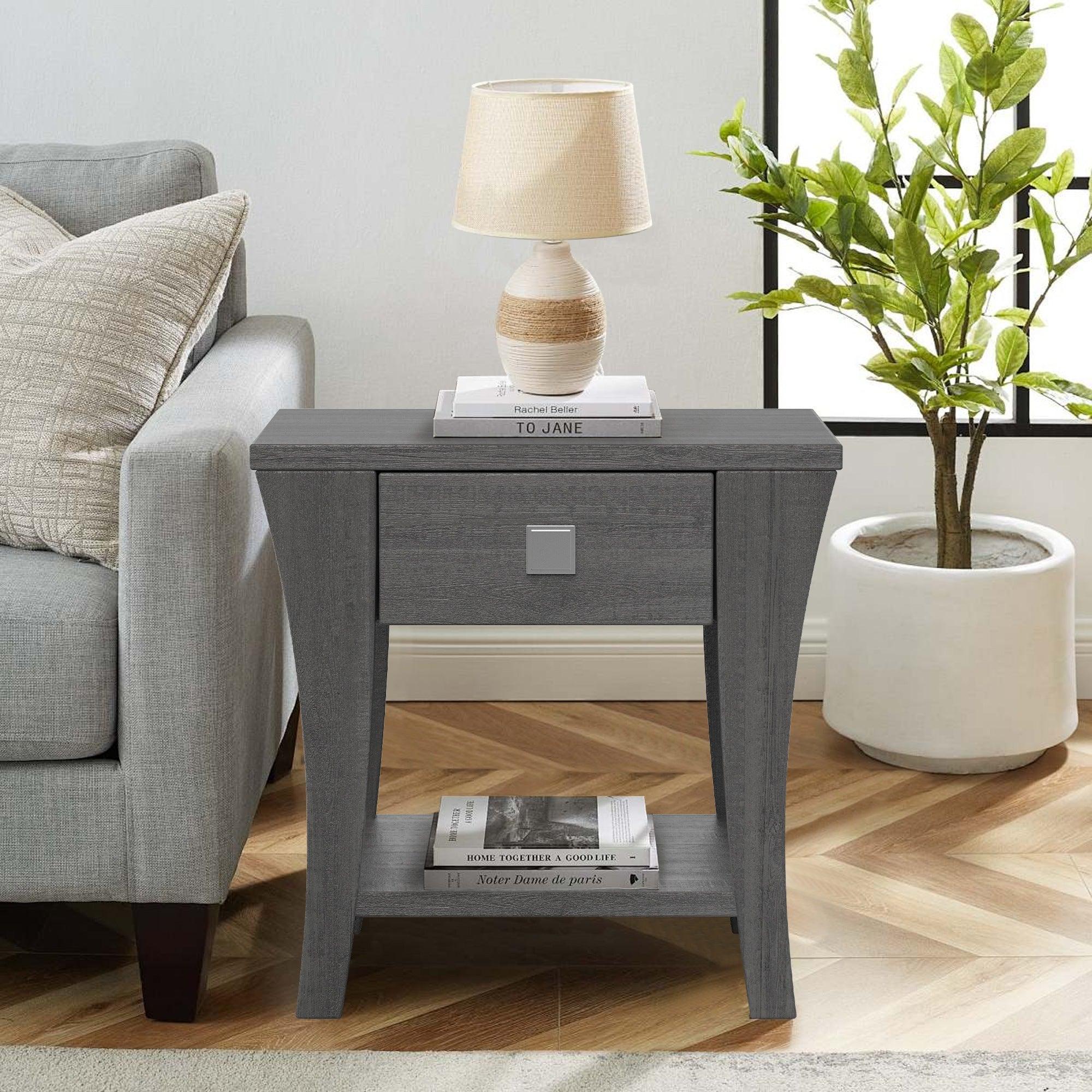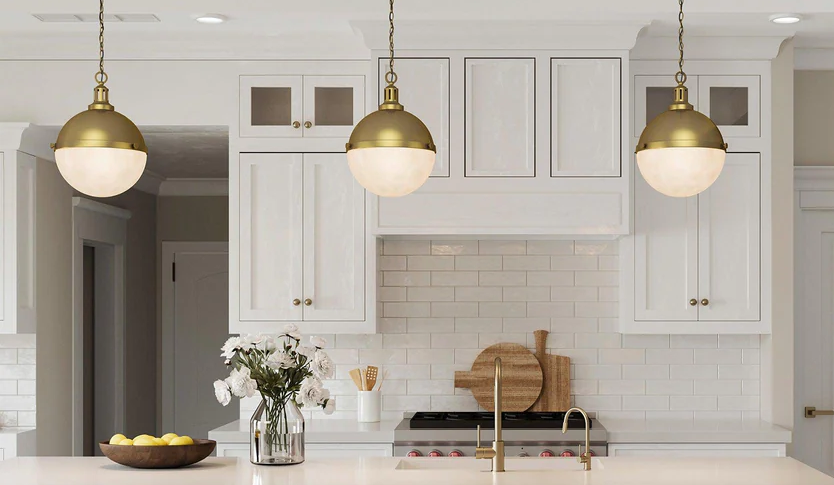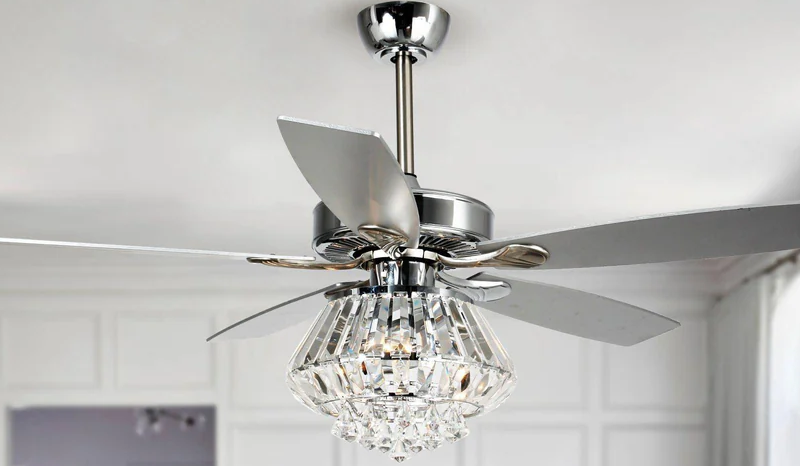Wall lights in 2025 are warm, tactile, and practical. Designers are leaning into diffused materials that soften LED points, slimmer bodies that stay corridor friendly, and finishes that mix easily with both brass and black hardware. Shoppers now choose by lumens and color temperature first, with style layered on top. That shift makes fixtures with good optics and dimming the real winners, while outdoor sconces favor dusk to dawn convenience and wet rated durability.
Parrot Uncle is a U.S.-based home brand specializing in ceiling fans, chandeliers, and a wide range of stylish furniture that bring comfort and character to every space. With years of experience in lighting and home décor, we are committed to blending practical functionality with distinctive design. In this article, we’ll draw on Parrot Uncle’s professional expertise to dive into one key question: What wall light styles are trending in 2025?
What styles are trending right now
Here are some of the fastest-selling wall lamps this year.
Opal globe and cone silhouettes
Clean midcentury shapes with opal glass for even glow. Typical globe diameters are 4 to 8 inches; single globe sconces usually land in the 5 to 7 inch range for bedrooms and halls. Look for 2700 K or 3000 K modules and 300 to 600 lumens for living areas. Buying by lumens, not watts, is now standard guidance from the Department of Energy.
Pleated fabric and linen shades
Updated classical look with slimmer arms and real dimming range. Shade widths commonly run 5 to 8 inches, with backplates around 4.5 to 6 inches to stay proportional. Choose 2700 K for bedrooms and living rooms and target 400 to 700 lumens per reading side.
Fluted and ribbed glass
Vintage texture without heavy ornament. Ribbing disguises LED points and cuts glare in small baths and corridors. Shades are often 4 to 6 inches wide, projecting 5 to 7 inches. Keep bathroom color temperature near 3000 K and aim for 500 to 900 lumens per side light at the mirror.
Plaster, alabaster, and cast stone slabs
Organic modern accents that read like small art pieces. Many are shallow, with 2 to 4 inch depths that help in passageways. ADA style protrusion guidance limits objects between 27 and 80 inches above the floor to 4 inches max in corridors, so depth matters.
Swing arm and articulating sconces
Hands down the most requested bedside option. Single arm reaches typically run 12 to 18 inches; double arms can stretch 24 to 30 inches. For reading, plan 400 to 700 lumens at 2700 K and a real low end dim.
Ultra slim blade sconces
Linear bars or fins that sit 1.5 to 3.5 inches off the wall. These are the easy answer for hallways because they respect the 4 inch protrusion threshold while spreading light up and down the wall plane.
Outdoor lanterns with smart photocells
Dusk to dawn and motion assist are now table stakes at entries and garages. Make sure the listing matches the site: Dry for interiors, Damp for covered areas with moisture, and Wet for direct weather.
Which style is most popular
The most widely adopted looks blend timeless forms with forgiving optics. If you stock only a few families, prioritize opal globes in aged brass or matte black, slim blades for corridors, and plug in swing arms with cord covers. Those groups fit most rooms and play nicely with the way customers now shop, which is by lumen output and color temperature. That consumer shift was accelerated by the phaseout of inefficient incandescent lamps and the rise of LED efficacy standards, moving attention from watts to useful brightness and comfort.
How to choose the right wall light style
Pick the beam and the glow first
Decide whether the wall light should wash the wall, spotlight a task, or give a soft ambient glow. Then set a lumen target and pick color temperature. The DOE advises consumers to buy by lumens for brightness and use the Lighting Facts style label to compare bulbs and modules. That is the simplest way to get consistent results across brands.
Mind projection depth in circulation zones
If the leading edge sits between 27 and 80 inches above the floor, keep projection at or under 4 inches in halls and similar paths. Many manufacturers flag ADA compliant depth right on the spec sheet, but always verify the actual dimension.
Match the listing to the environment
Dry for interior rooms, Damp for steamy baths or covered porches, Wet for exposed exterior walls or where water can hit directly. These UL style location ratings appear on US spec sheets and packaging.
Choose finish and size by the room scale
In small rooms, backplates around 4.5 to 5 inches and shades 5 to 6.5 inches feel balanced. In taller rooms or wide hallways, move to backplates 5.5 to 6.5 inches and shades 7 to 9 inches. For stairwells and tall mirrors, taller bodies that throw light up and down prevent hotspots.
Wall Lights by Room Size
The targets below assume you are layering light with other sources. Favor 90 plus CRI where faces and food matter. Where a range is given, start in the middle and adjust for wall color, ceiling height, and the number of fixtures.
Living room
-
Look and size
Opal globe or fabric shade sconces 5 to 7 inches wide, projecting 6 to 8 inches. Backplate 5 to 6 inches. Mount centers around 62 to 66 inches from the floor to clear sofa backs. -
Brightness and CCT
300 to 600 lumens each at 2700 K for a relaxed evening tone. DOE consumer guidance supports choosing in lumens for consistent brightness across LEDs. -
Placement notes
Space 6 to 8 feet apart down a long wall or flank artwork to create a balanced glow.
Bedroom
-
Look and size
Swing arm or articulating sconces, single arm reach 12 to 18 inches. Shade widths 5 to 7 inches. -
Brightness and CCT
400 to 700 lumens at 2700 K for reading without glare. -
Mounting
Center the light source just above shoulder level when seated in bed, often 48 to 54 inches to center depending on headboard height.
Bathroom
-
Look and size
Side sconces with fluted glass or opal diffusers 4.5 to 6.5 inches wide. -
Height and spacing
Mount centers at 60 to 65 inches off the floor so the beam hits at face level. Keep fixtures 24 to 36 inches apart on typical vanities. -
Brightness and CCT
500 to 900 lumens per side at 3000 K to keep skin tones natural and reduce shadows.
Hallway
-
Look and size
Slim blade or shallow bowl sconces with 1.5 to 3.75 inch projection to respect corridor depth. -
Brightness and CCT
250 to 450 lumens each at 2700 to 3000 K for comfortable wayfinding. -
Spacing
Start at 6 to 8 feet between fixtures and adjust for ceiling height. ADA protrusion limits apply here; verify depth at or under 4 inches.
Kitchen eat in nook
-
Look and size
Small opal globes 5 to 6 inches wide or compact shades over a banquette. -
Brightness and CCT
400 to 700 lumens each at 3000 K, paired with recessed lights or a pendant.
Stairwell
-
Look and size
Taller up and down sconces to spread light on risers and landings. -
Brightness and CCT
400 to 800 lumens at 2700 to 3000 K with shielded optics to avoid glare from above.
Outdoor wall lights in practice
Use 2700 to 3000 K for welcoming entries and seating areas and reserve cooler 3500 to 4000 K for task heavy or security zones. Verify listing each time: Damp for covered porches, Wet for exposed walls and columns. Dusk to dawn photocells and motion assist are now common and simplify energy savings and safety.
| Outdoor Zone | Typical size and projection | Brightness target | CCT target | Listing |
|---|---|---|---|---|
| Front porch seating | 7 to 9 inch lantern body, 6 to 8 inch projection | 400 to 800 lm | 2700 to 3000 K | Damp |
| Covered front door | 8 to 12 inch lantern, 7 to 9 inch projection | 600 to 1000 lm | 2700 to 3000 K | Damp |
| Exposed garage wall | 10 to 14 inch lantern, 8 to 10 inch projection | 900 to 1500 lm | 3000 to 4000 K | Wet |
| Side yard path wall | Slim shielded body, 4 to 6 inch projection | 400 to 800 lm | 3000 to 4000 K | Wet |
| Back patio | 8 to 12 inch body with wide spread | 500 to 900 lm | 2700 to 3000 K | Damp or Wet |
Note on policy context. US rules have pushed the market away from low efficacy bulbs. Enforcement of a 45 lumens per watt floor began in mid 2023, and the DOE has finalized higher standards for future lamp efficacy. Those policies moved homeowners to compare brightness in lumens and to expect quality LED light from the start.
Lumen and size cheat sheet
These ranges align with common IES residential targets as summarized in trade resources and consumer guidance on buying in lumens. Always layer wall lights with other sources to hit a total scene level rather than trying to do everything with a single sconce.
| Room or use | Per sconce lumens | Typical width | Typical projection |
|---|---|---|---|
| Hall or corridor | 250 to 450 | 4.5 to 6.5 in | 2 to 4 in |
| Living room accent | 300 to 600 | 5 to 7 in | 6 to 8 in |
| Bedroom reading | 400 to 700 | 5 to 7 in | 6 to 9 in or arm reach 12 to 18 in |
| Bath mirror side | 500 to 900 | 4.5 to 6.5 in | 5 to 7 in |
| Stairwell safety | 400 to 800 | 5 to 8 in or tall body | 3 to 6 in |
| Porch ambience | 400 to 800 | 7 to 9 in | 6 to 8 in |
| Garage security | 900 to 1500 | 10 to 14 in | 8 to 10 in |
FAQ
Q1. Are brass wall lights still in style this year
Yes. Satin and aged brass pair well with black hardware and warm woods, and they complement the 2700 to 3000 K color temperatures most people prefer at night. The bigger question is brightness and glare control, which you solve by picking lumens and a good diffuser first. DOE consumer guidance emphasizes shopping brightness in lumens.
Q2. What color temperature should I choose for bedrooms vs baths
Use 2700 K in bedrooms and living spaces for a calm evening tone, and 3000 K in kitchens and baths for a neutral warm look that keeps skin tones accurate.
Q3. How high should bathroom side sconces be mounted
Mount the center of the fixture around 60 to 65 inches off the floor so the beam hits at approximate eye height and reduces chin and eye socket shadows.
Q4. Do I need ADA depth in my hallway
If the leading edge falls between 27 and 80 inches above the floor in a corridor or similar path, limit wall projection to no more than 4 inches. Choose shallow bodies labeled ADA or verify the spec sheet depth.
Q5. What is the difference between Dry, Damp, and Wet ratings
Dry is for most indoor rooms. Damp covers spaces exposed to moisture or condensation, like bathrooms or covered porches. Wet is required where water can directly contact the fixture, such as exposed exterior walls. These are standard UL style location listings.
The bottom line for 2025
Decide the glow and the brightness first, then pick a shape that suits the scale of the room and respects corridor depth and location rating. Opal globes, ribbed glass, slim blades, and well made swing arms will carry most projects, indoors and out. If you match lumen targets and color temperature to the task, the style will take care of itself.

